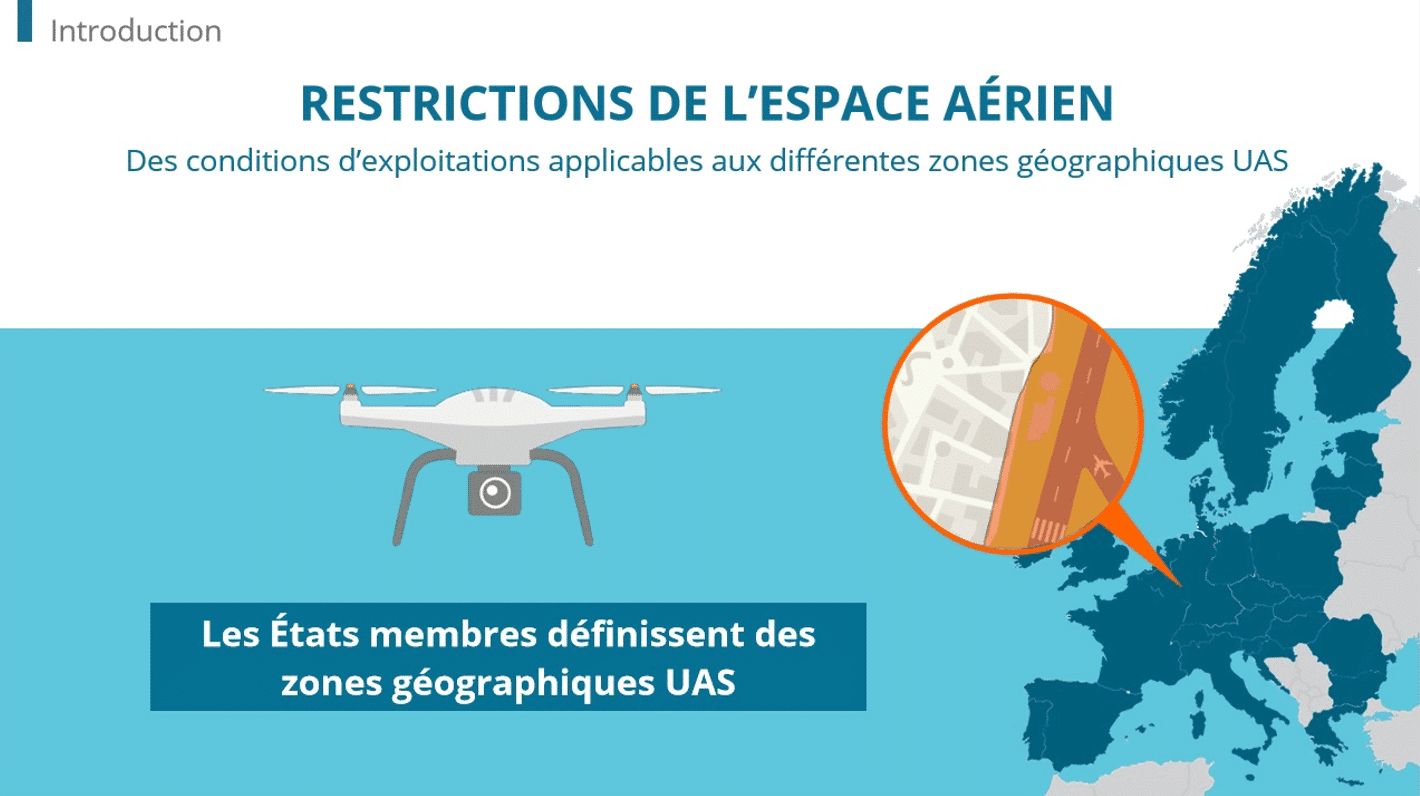With the explosion of m-learning, micro-learning is becoming popular among professionals in the sector. But is it right for all situations?
One of the major problems of distance learning is the duration of courses. Discouraged learners can drop out mid-way through the programme, leaving trainings incomplete. Offering training in a micro-learning format allows you to divide content into short segments that fit into a larger, broader context.
Micro-learning is no longer a niche business, but a part of society’s evolution. With individuals increasingly short of attention span, micro-learning allows them to learn at their own pace.
- It increases the availability of learners, who can connect more frequently.
- Hosted on a smartphone, its innovative character seduces and motivates learners. It’s the learners themselves who decide when and if they want to connect, be it when travelling between two appointments, or when they need certain information.
- Easy and quick to implement, micro-learning is also agile. By asking for feedback early on, it’s possible to make necessary adjustments and updates.
- It allows you to organise frequent tests and evaluations, whether daily or weekly.
Is micro-learning suitable for all projects?
Micro-learning is particularly suitable as an internal HR tool. Think of it as a collaborative platform. In the same way that Twitter has created a new communication in 140 characters, so to has micro-learning revolutionised training. It facilitates sharing and transversal access to knowledge, while structuring the contributions of various participants.
It is particularly effective as a project management tool for policy makers, managers, or people fully involved in a project. It is not recommended, however, for material that requires serious concentration. Rather, it can be used to complement more formal training.
Contact DOKEOS for help or advice in setting up your micro-learning programme.








































